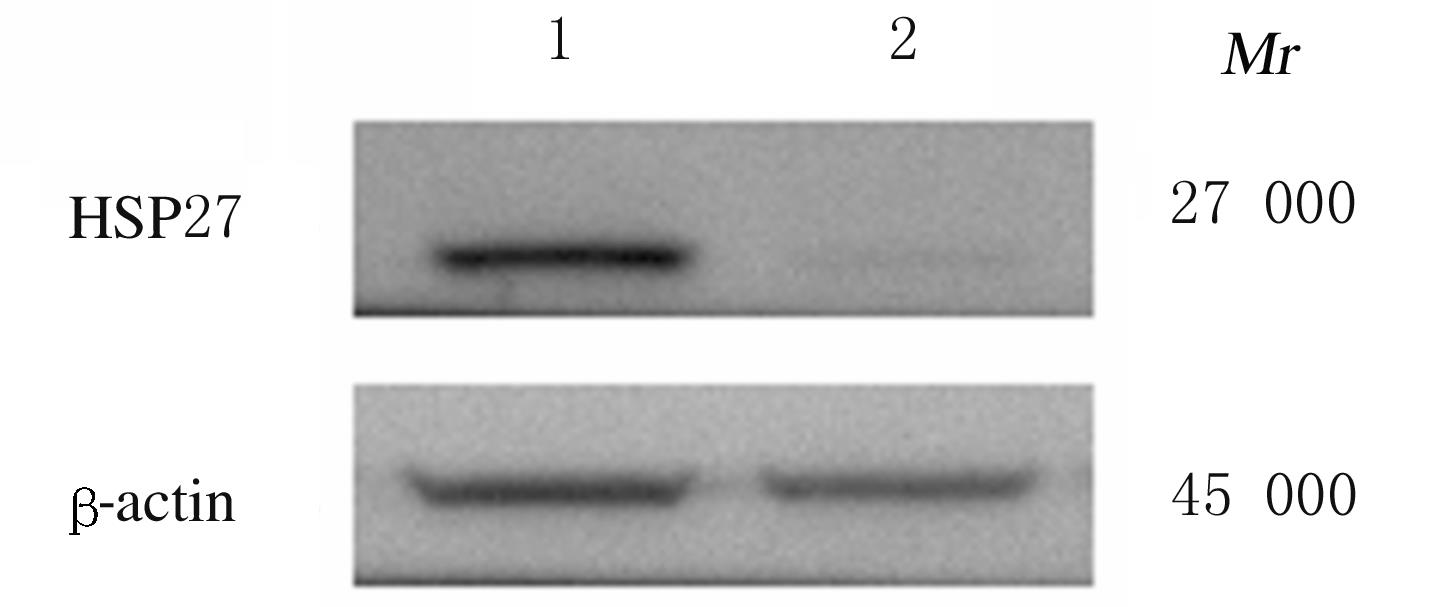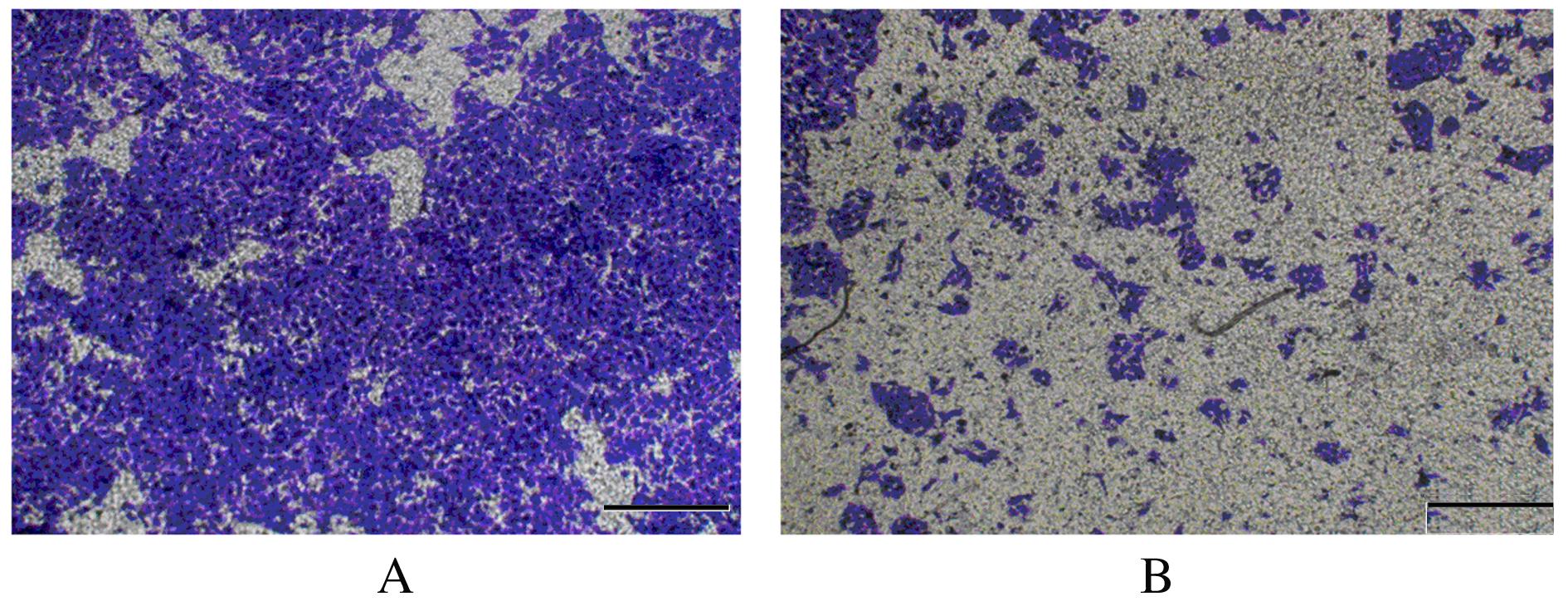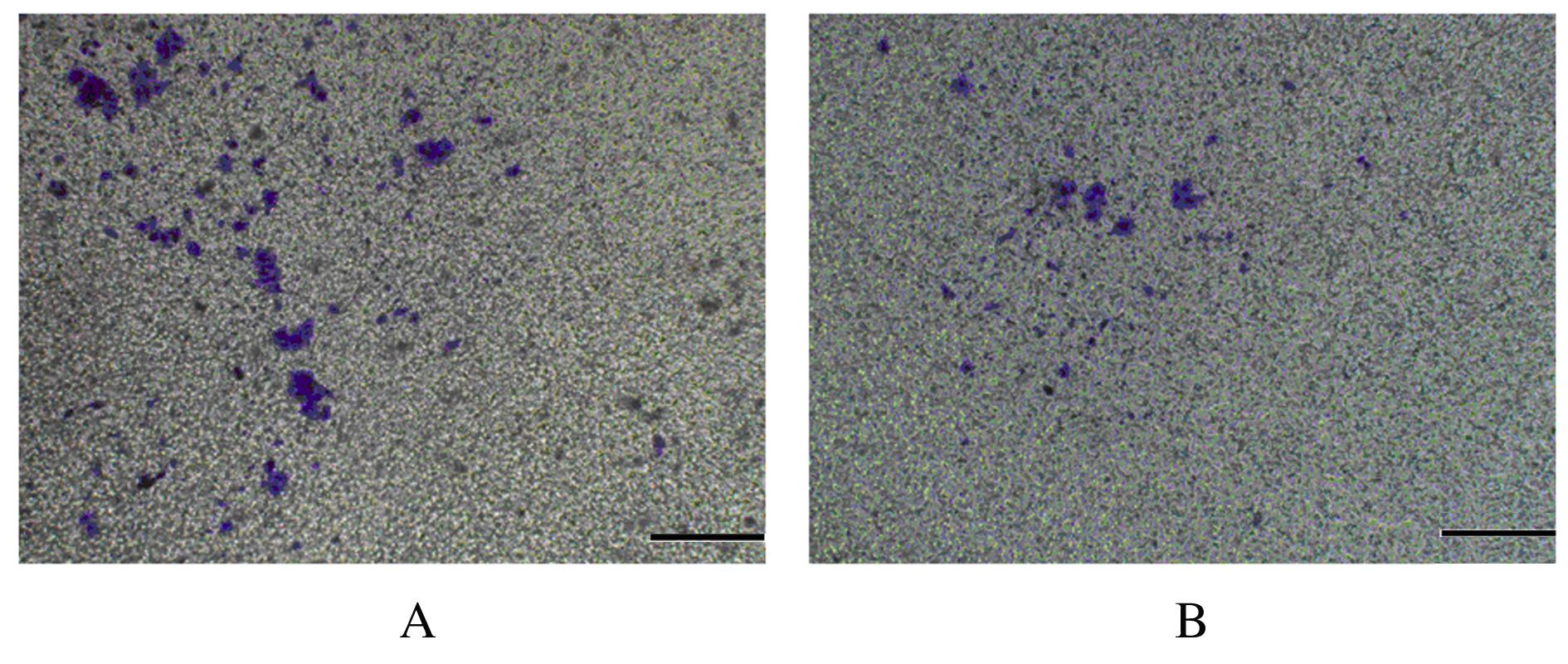| 1 |
CARNIELLI C M, MACEDO C C S, DE ROSSI T, et al. Combining discovery and targeted proteomics reveals a prognostic signature in oral cancer[J]. Nat Commun, 2018, 9(1):3598.
|
| 2 |
CAI H, LI J, ZHANG Y, et al. LDHA promotes oral squamous cell carcinoma progression through facilitating glycolysis and epithelial-mesenchymal transition[J]. Front Oncol, 2019, 9: 1446.
|
| 3 |
SIEGEL R L, MILLER K D, JEMAL A. Cancer statistics, 2020[J]. CA Cancer J Clin, 2020, 70(1): 7-30.
|
| 4 |
BRAY F, FERLAY J, SOERJOMATARAM I, et al. Global cancer statistics 2018: GLOBOCAN estimates of incidence and mortality worldwide for 36 cancers in 185 countries[J]. CA Cancer J Clin, 2018, 68(6): 394-424.
|
| 5 |
HUANG S H, O’SULLIVAN B. Overview of the 8th edition TNM classification for head and neck cancer[J]. Curr Treat Options Oncol, 2017, 18(7): 40.
|
| 6 |
FERLAY J, SOERJOMATARAM I, DIKSHIT R, et al. Cancer incidence and mortality worldwide: sources, methods and major patterns in GLOBOCAN 2012[J]. Int J Cancer, 2015, 136(5): E359-E386.
|
| 7 |
NORTON J A, WEINBERGER P M, WALLER J L, et al. Significance of HSPB1 expression in head and neck squamous cell carcinoma: a meta-analysis of published literatures[J]. Laryngoscope, 2010, 120(): S172.
|
| 8 |
ZHANG J F, DONG W, MENG Y F, et al. Proteomic analysis of serum deprivation in tongue squamous cell carcinoma[J]. Mol Med Rep, 2017, 16(6): 9323-9330.
|
| 9 |
HUANG Z C, LI H, SUN Z Q, et al. Distinct prognostic roles of HSPB1 expression in non-small cell lung cancer [J]. Neoplasma, 2018, 65(1): 161-166.
|
| 10 |
BANERJEE S, LIN C F L, SKINNER K A, et al. Heat shock protein 27 differentiates tolerogenic macrophages that may support human breast cancer progression[J]. Cancer Res, 2011, 71(2): 318-327.
|
| 11 |
SHIOTA M, BISHOP J L, NIP K M, et al. Hsp27 regulates epithelial mesenchymal transition, metastasis, and circulating tumor cells in prostate cancer[J]. Cancer Res, 2013, 73(10): 3109-3119.
|
| 12 |
ERNST B P, WIESMANN N, GIERINGER R, et al. HSP27 regulates viability and migration of cancer cell lines following irradiation[J]. J Proteom, 2020, 226: 103886.
|
| 13 |
GUO Y, ZIESCH A, HOCKE S, et al. Overexpression of heat shock protein 27 (HSP27) increases gemcitabine sensitivity in pancreatic cancer cells through S-phase arrest and apoptosis[J]. J Cell Mol Med, 2015, 19(2): 340-350.
|
| 14 |
HO A S, KIM S, TIGHIOUART M, et al. Metastatic lymph node burden and survival in oral cavity cancer[J]. J Clin Oncol, 2017, 35(31): 3601-3609.
|
| 15 |
TWEEDLE E M, KHATTAK I, ANG C W, et al. Low molecular weight heat shock protein HSP27 is a prognostic indicator in rectal cancer but not colon cancer [J]. Gut, 2010, 59(11): 1501-1510.
|
| 16 |
SÖDERSTRÖM H K, KAUPPI J T, OKSALA N, et al. Overexpression of HSP27 and HSP70 is associated with decreased survival among patients with esophageal adenocarcinoma[J]. World J Clin Cases, 2019, 7(3): 260-269.
|
| 17 |
LIANG C, XU Y, GE H, et al. The clinicopathological and prognostic value of HSP27 in hepatocellular carcinoma: a systematic review and meta-analysis[J]. Onco Targets Ther, 2018, 11: 1293-1303.
|
| 18 |
李红波,苏 磊,林新峰,等. HSP27在热打击致F98细胞氧化应激损伤及细胞凋亡中的作用[J]. 解放军医学杂志, 2018,43(10): 854-859.
|
| 19 |
WETTSTEIN G, BELLAYE P S, MICHEAU O,et al. Small heat shock proteins and the cytoskeleton: an essential interplay for cell integrity? [J]. Int J Biochem Cell Biol, 2012, 44(10): 1680-1686.
|
| 20 |
KE J, WU G, ZHANG J, et al. Melanoma migration is promoted by prion protein via Akt-hsp27 signaling axis[J]. Biochem Biophys Res Commun,2020,523(2):375-381.
|
| 21 |
HAN L, JIANG Y, HAN D, et al. Hsp27 regulates epithelial mesenchymal transition, metastasis and proliferation in colorectal carcinoma[J]. Oncol Lett, 2018, 16(4): 5309-5316.
|
| 22 |
TAO D, ZHANG Z, LIU X, et al. LncRNA HOTAIR promotes the invasion and metastasis of oral squamous cell carcinoma through metastasis-associated gene 2[J]. Mol Carcinog, 2020, 59(4): 353-364.
|
| 23 |
REN J, LIANG Q. HMGB1 promotes the proliferation and invasion of oral squamous cell carcinoma via activating epithelial-mesenchymal transformation [J]. Biocell, 2019, 43(3): 199-205.
|
| 24 |
杨春雪,张 圆,汪园圆,等.肿瘤内神经新生在口腔鳞状细胞癌进展中的作用及机制[J].同济大学学报(医学版),2019,40(2):162-168.
|
| 25 |
LING Z, YANG X, CHEN X, et al. CCL2 promotes cell migration by inducing epithelial-mesenchymal transition in oral squamous cell carcinoma[J]. J Oral Pathol Med, 2019, 48(6): 477-482.
|
| 26 |
CHOI S K, KAM H, KIM K Y, et al. Targeting heat shock protein 27 in cancer: a druggable target for cancer treatment? [J]. Cancers, 2019, 11(8):1195.
|
| 27 |
QU Y, HE Y, YANG Y, et al. ALDH3A1 acts as a prognostic biomarker and inhibits the epithelial mesenchymal transition of oral squamous cell carcinoma through IL-6/STAT3 signaling pathway[J]. J Cancer, 2020, 11(9): 2621-2631.
|
| 28 |
YAO K, HE L Y, GAN Y, et al. HMGN5 promotes IL-6-induced epithelial-mesenchymal transition of bladder cancer by interacting with Hsp27 [J]. Aging, 2020, 12(8): 7282-7298.
|
| 29 |
SRIVATS S, BALASURIYA D, PASCHE M, et al. Sigma1 receptors inhibit store-operated Ca2+ entry by attenuating coupling of STIM1 to Orai1[J]. J Cell Biol, 2016, 213(1): 65-79.
|
| 30 |
HUANG C Y, WEI P L, CHEN W Y, et al. Silencing heat shock protein 27 inhibits the progression and metastasis of colorectal cancer (CRC) by maintaining the stability of stromal interaction molecule 1 (STIM1) proteins[J]. Cells, 2018, 7(12): 262.
|
| 31 |
FANG Z H, LIANG W J, LUO L B. HSP27 promotes epithelial-mesenchymal transition through activation of the β-catenin/MMP3 pathway in pancreatic ductal adenocarcinoma cells [J]. Transl Cancer Res,2019, 8(4): 1268-1278.
|
| 32 |
CORDONNIER T, BISHOP J L, SHIOTA M, et al. Hsp27 regulates EGF/β-catenin mediated epithelial to mesenchymal transition in prostate cancer[J]. Int J Cancer, 2015, 136(6): E496-E507.
|
 ),Chunling DONG2(
),Chunling DONG2( )
)










